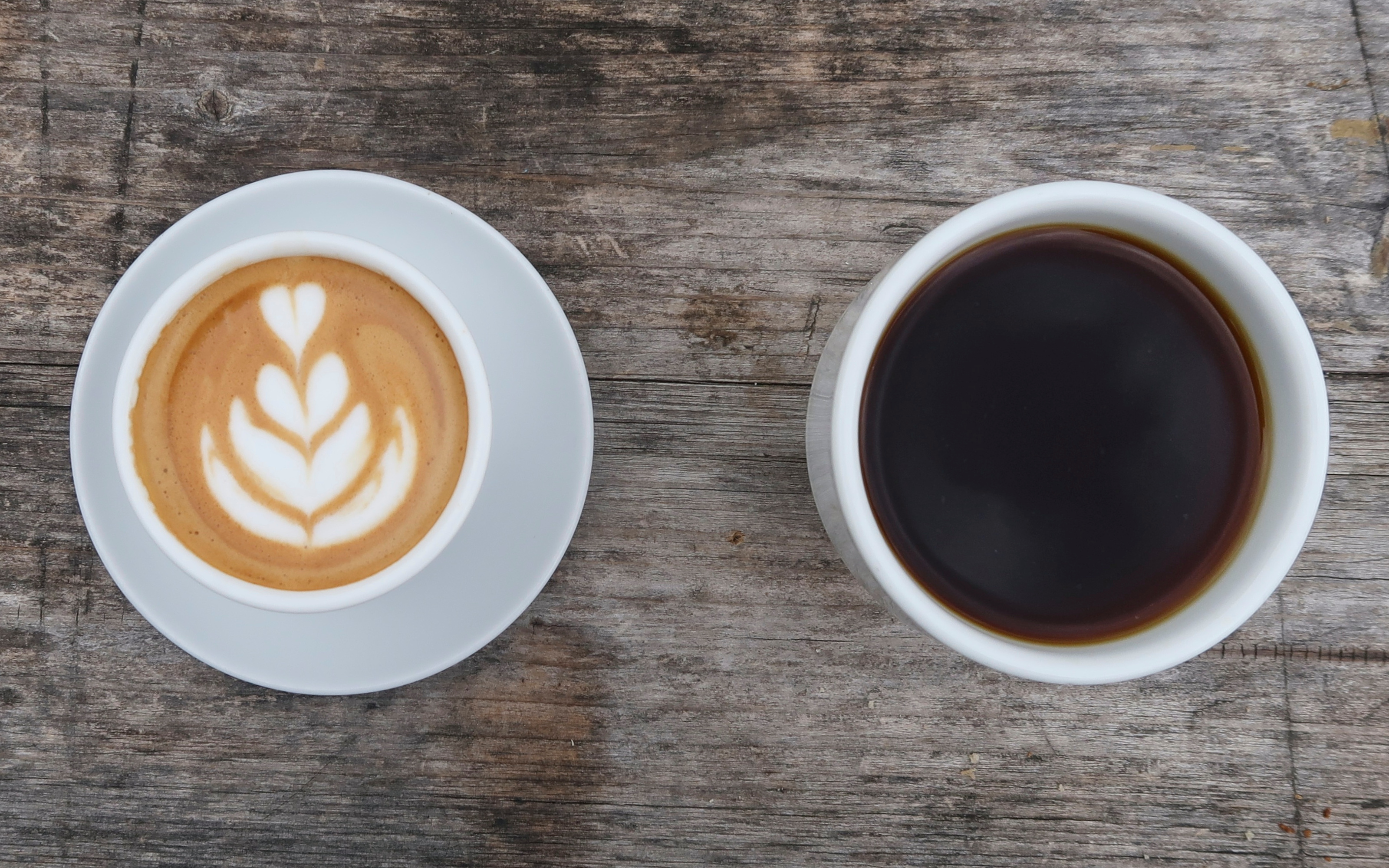Coffee Brewing 101
- Introduction to Coffee
- Coffee Brewing Basics
- French Press Brewing Technique
- Pour Over Brewing Technique
- Espresso Brewing Technique
- Aeropress Brewing Technique
- Cold Brew and Iced Coffee Techniques
- Course Wrap-up and Final Project
Coffee Brewing Basics
Understanding the Coffee-to-Water Ratio

Brewed beverage made from seeds of Coffea genus.
The coffee-to-water ratio is a fundamental concept in coffee brewing. It refers to the amount of coffee used in relation to the amount of water. This ratio plays a significant role in determining the strength and flavor of your coffee.
Importance of the Coffee-to-Water Ratio
The coffee-to-water ratio is crucial because it directly affects the taste of your coffee. If you use too much coffee for the amount of water, your brew will be strong and possibly bitter. On the other hand, if you use too little coffee, your brew will be weak and may taste watery.
How the Coffee-to-Water Ratio Affects the Strength and Flavor of Coffee
The strength of your coffee is determined by the concentration of dissolved coffee solids in your brew. A higher coffee-to-water ratio (i.e., more coffee and less water) will result in a stronger brew, while a lower ratio (i.e., less coffee and more water) will result in a weaker brew.
The flavor of your coffee is also influenced by the coffee-to-water ratio. A higher ratio can lead to over-extraction, where too many coffee solids are dissolved, resulting in a bitter taste. A lower ratio can lead to under-extraction, where not enough coffee solids are dissolved, resulting in a sour or acidic taste.
Guidelines for Determining the Right Coffee-to-Water Ratio
There is no one-size-fits-all coffee-to-water ratio as it largely depends on personal preference. However, a good starting point is the "Golden Ratio" suggested by the Specialty Coffee Association (SCA): 55 grams of coffee for every 1 liter of water. This roughly translates to 1 to 2 tablespoons of coffee for every 6 ounces of water.
From this starting point, you can adjust the ratio to suit your taste. If you prefer a stronger brew, use more coffee. If you prefer a weaker brew, use less coffee.
Practical Exercise: Experimenting with Different Coffee-to-Water Ratios
To truly understand the impact of the coffee-to-water ratio, it's best to experiment. Brew coffee using different ratios and take note of the differences in strength and flavor. This will help you find the ratio that produces the coffee you enjoy most.
In conclusion, understanding the coffee-to-water ratio is a key step in brewing a great cup of coffee. By mastering this concept, you can adjust your brewing process to create a coffee that suits your personal taste.